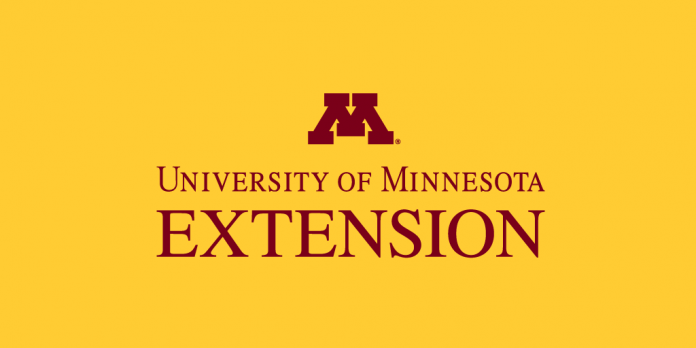
The news of a Eurasian strain of highly pathogenic avian influenza (HPAI) detection in a flock of birds of mixed species on the East coast of Canada greatly increases the possibility of HPAI coming to Minnesota. The Atlantic and Pacific oceans have prevented the movement of HPAI circulating in Asia and Europe from coming to the Americas. Now that the biggest barrier has been breached, the risk of HPAI in the US has greatly increased.
To protect Minnesota flocks from HPAI that may now be in North American wild birds, it is important to use targeted biosecurity practices to prevent the virus from reaching your flock.
Review all Line of Separation (LOS) procedures with anyone entering barns for any reason.
- At the end of the day, if the virus doesn’t cross the LOS, it can’t infect your birds.
- Reduce the number of times anyone crosses the LOS. Review the reasons people cross the LOS and see if you can find ways to reduce those trips. For example, if people are leaving and entering the barn to get tools, buy a set of tools that stays in the barn.
Reduce the attractiveness of your farm for wild birds.
- Spilled feed, and puddles come to mind. Keep spilled feed cleaned up. Wild birds that land and eat on your farm are far more likely to leave potentially infectious fecal material behind than those that just fly by.
- Spring always brings snowmelt and puddles. Be prepared with gravel or sand to fill holes where water can and does accumulate.
- Also consider how you might prevent wild birds from taking advantage of water in ditches when the culverts are frozen, like snow fence over the ditch.
Review hunting, fishing, and trapping guidelines with all personnel
- Influenza virus may be in and on the bird carcasses brought home. Dogs, their collars, your clothing, and your vehicles may all be contaminated.
- Anything that comes into contact with wild birds or their environments (mud, water sources, ground, etc.) should be considered highly dangerous and should not have any contact with poultry flocks.
Avoid contact with wild dead birds
- Dead wild birds found on the farm should be avoided by farm personnel. Work out a pickup system that does not involve people who cross your line of separation.
- Remove all garbage pick-ups outside of the perimeter buffer area (PBA). People who find dead birds put them in the garbage. You don’t want that truck to cross your PBA.
- Off-site mortality disposal poses a constant risk. Pick-ups that go from farm to farm put you into contact with dead birds from all farms on the pickup route.
This certainly is not good news, but it doesn’t need to be bad news either. The official report to the World Organization for Animal Health (OIE) can be found here.
Find more information on the Poultry News blog.







